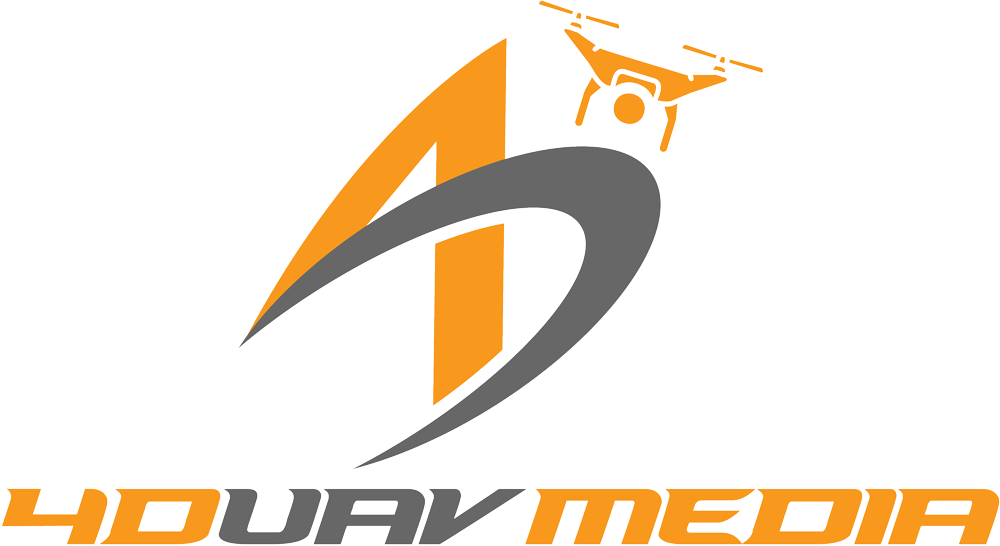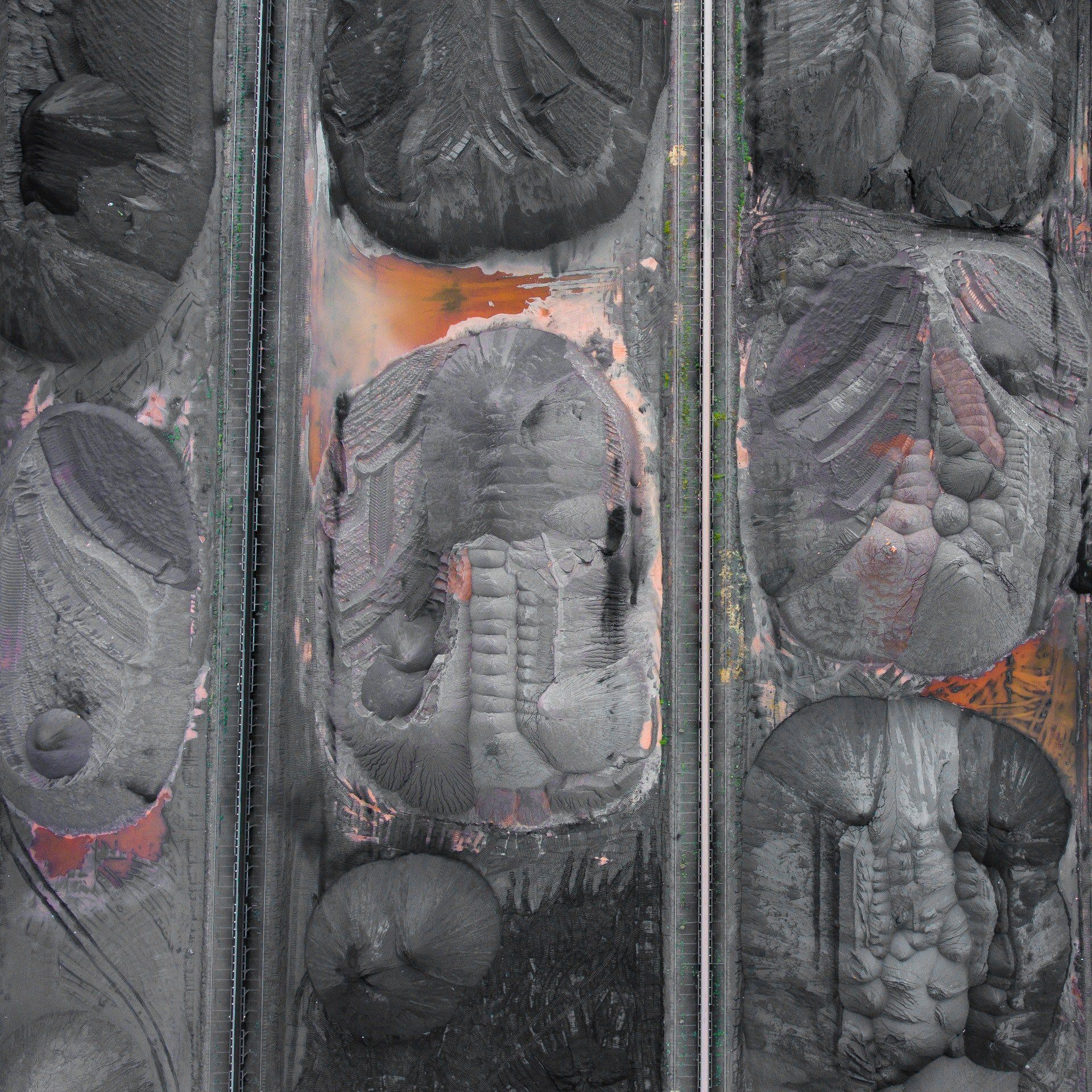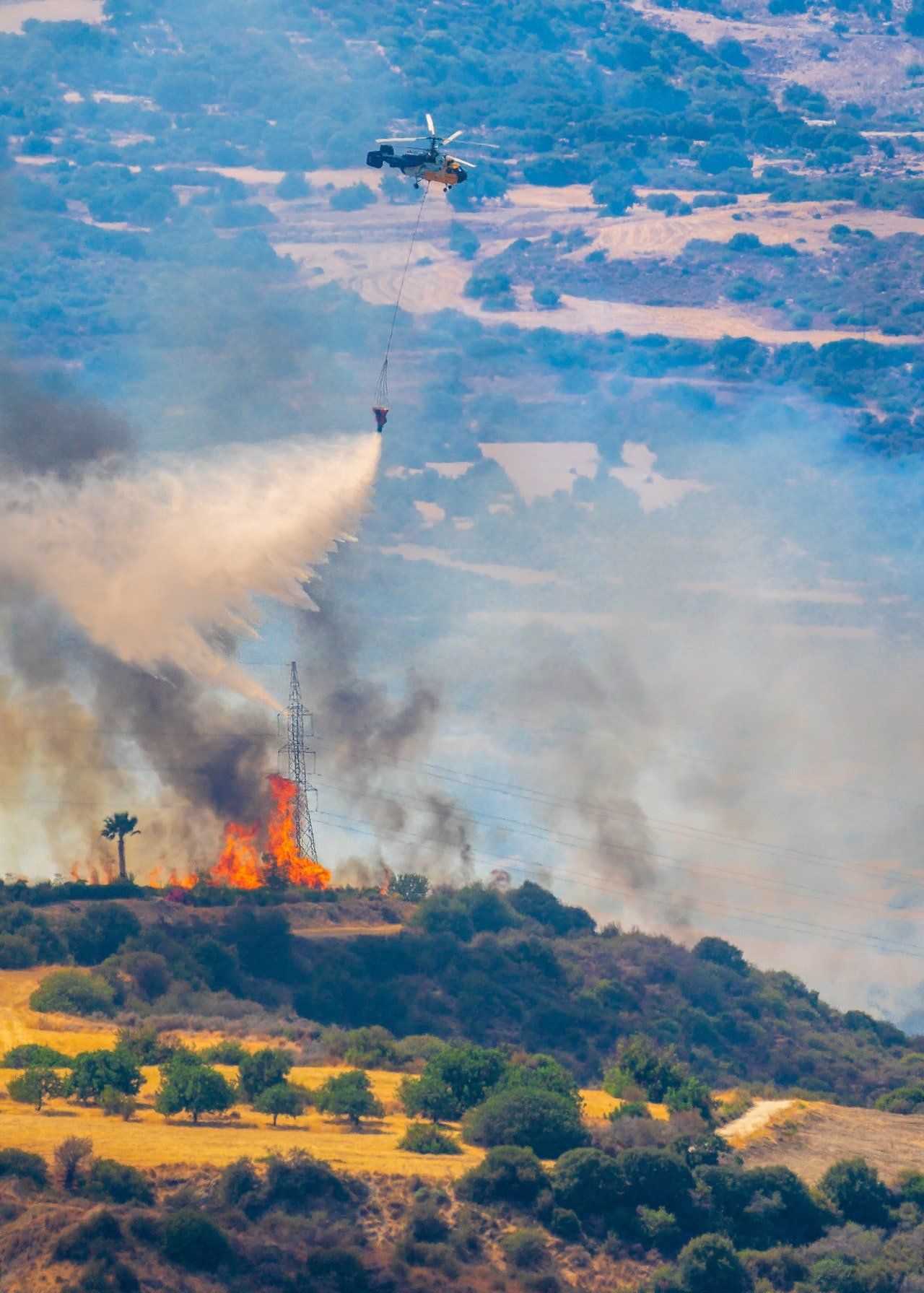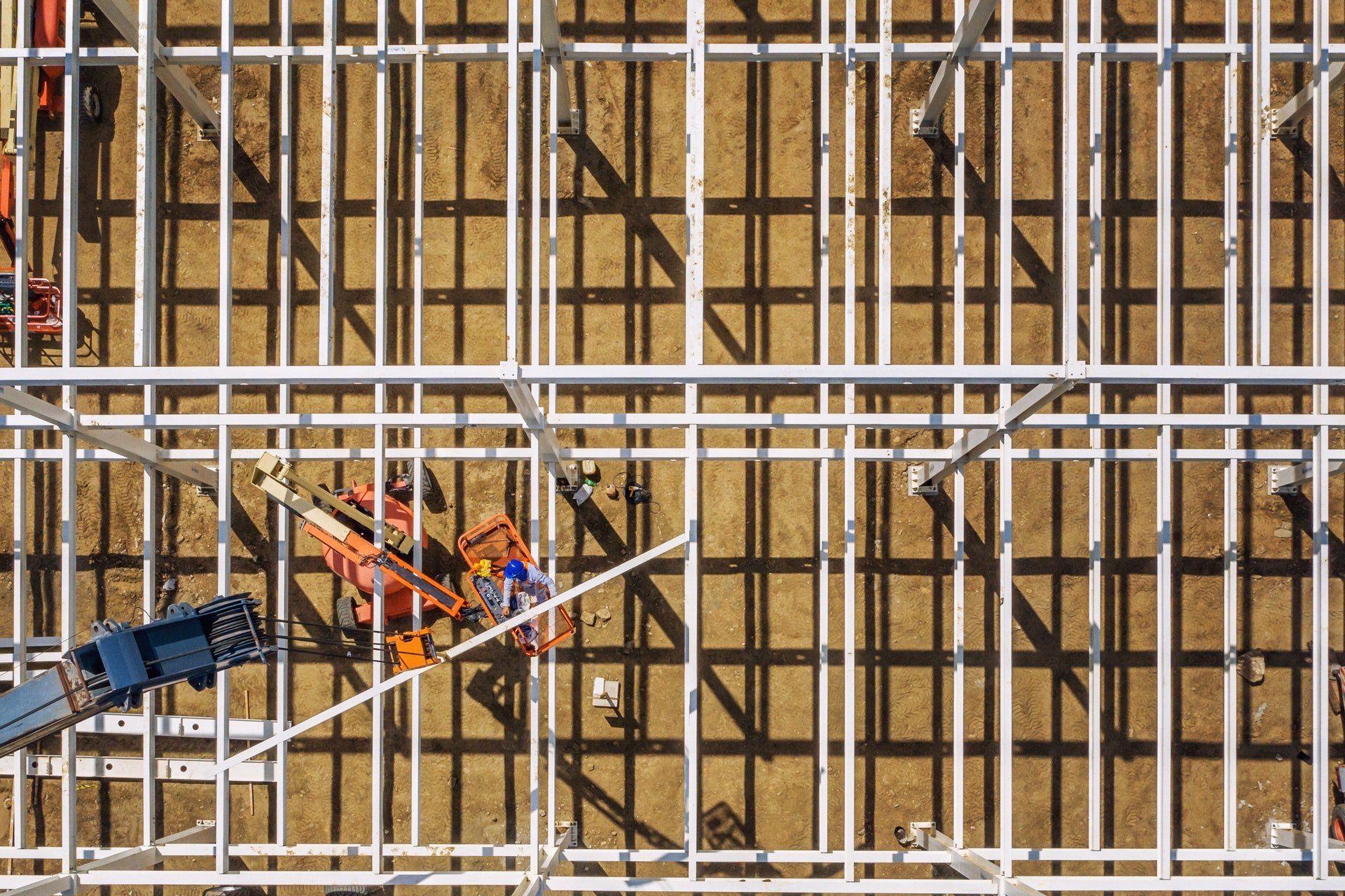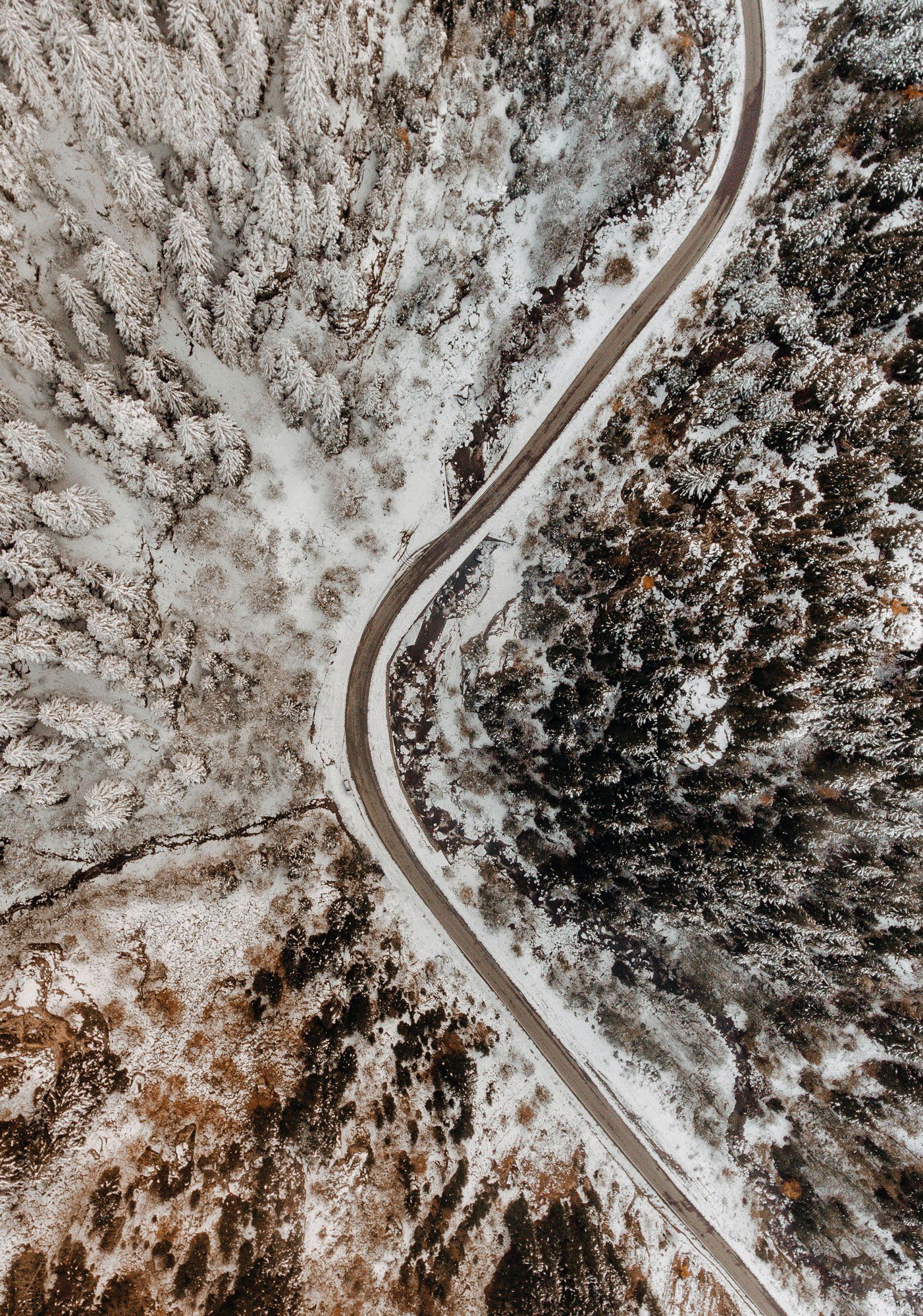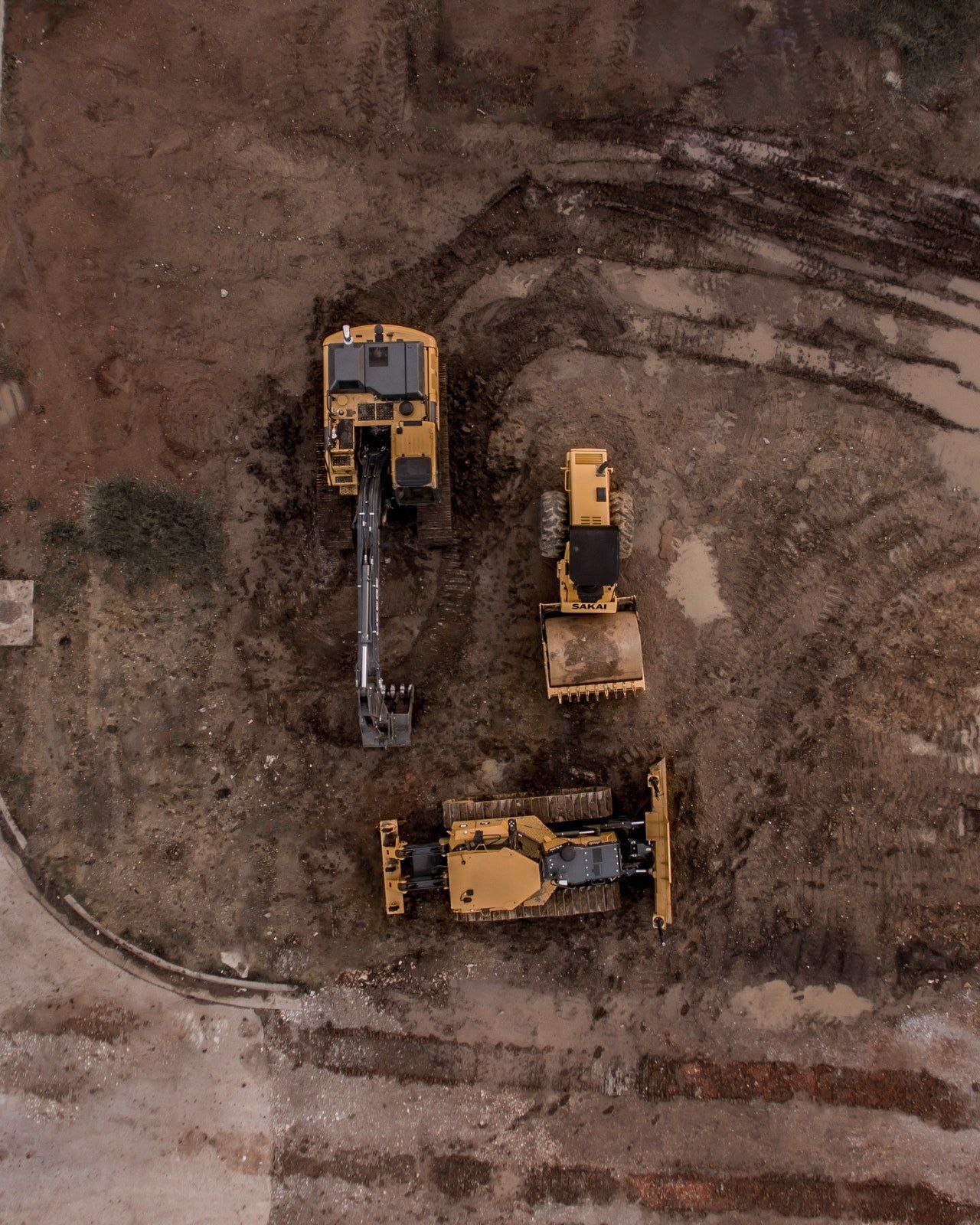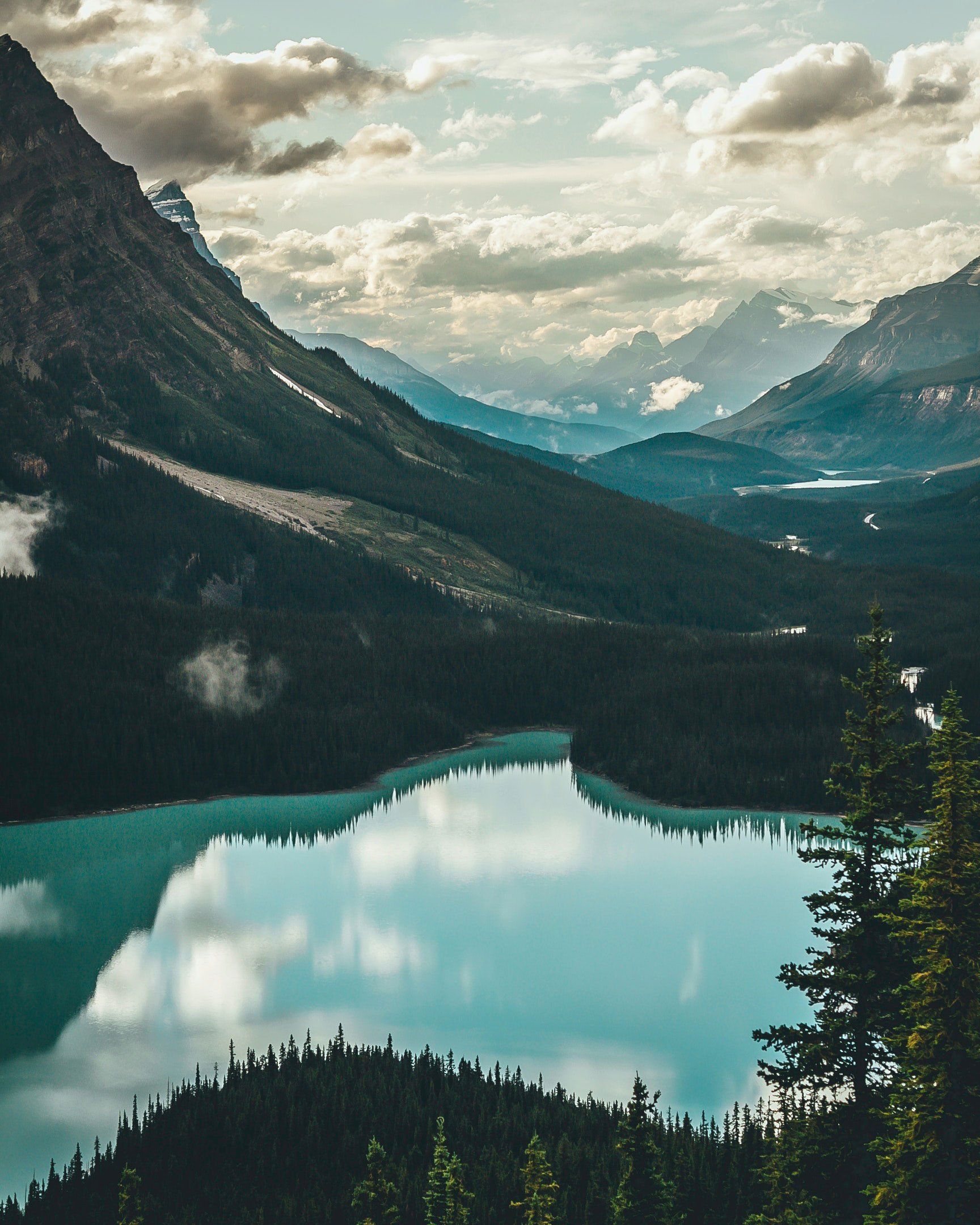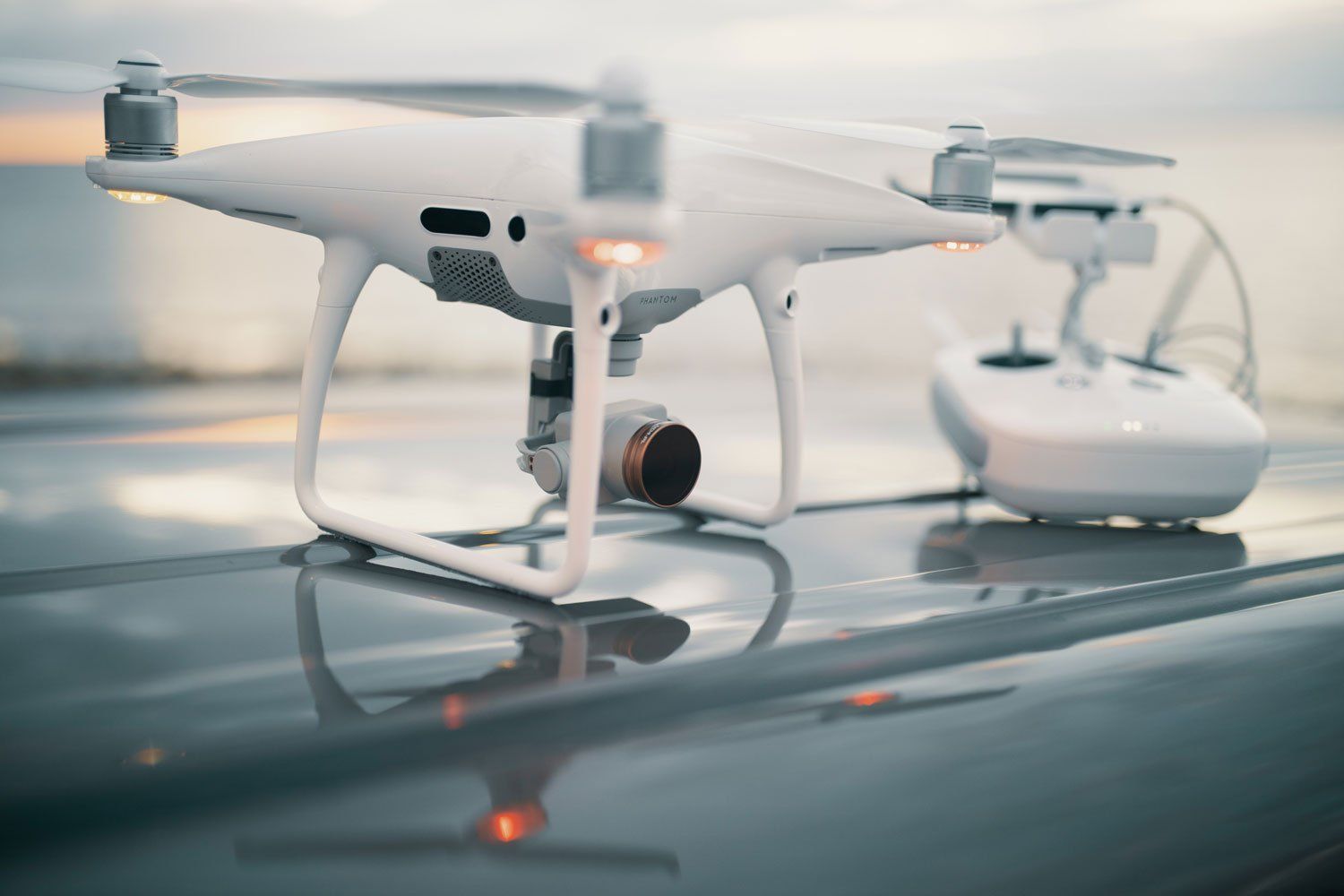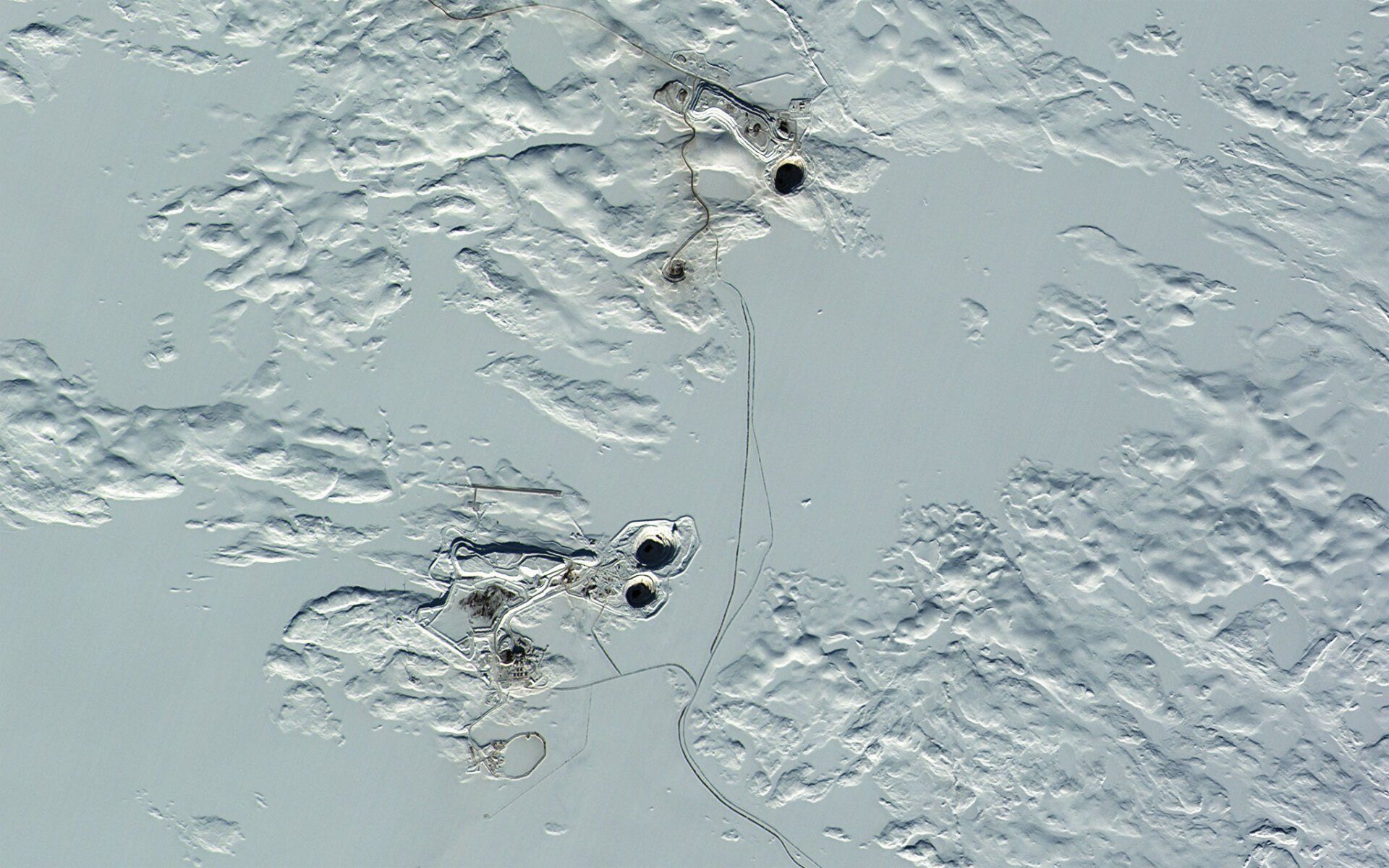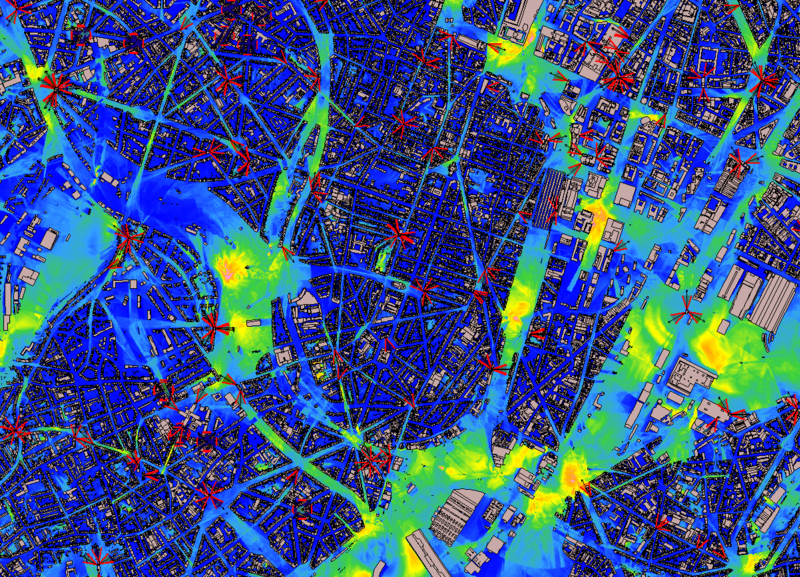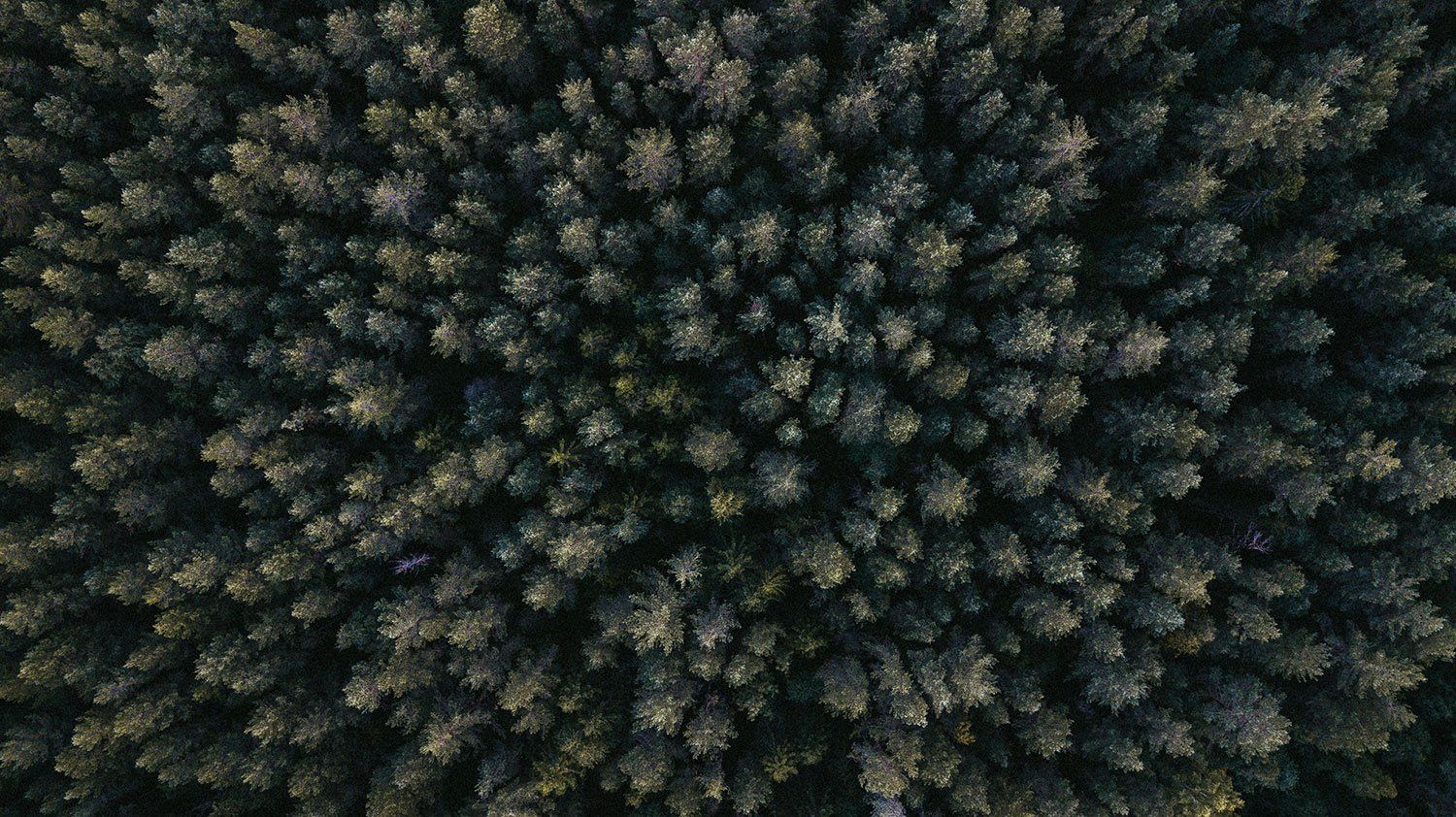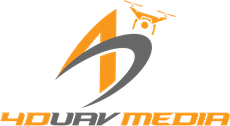
Revolutionizing how we see and interact with our world
Providing innovations and actionable solutions to solve your unique challenges through the automation of state-of-the-art Unmanned Aerial Vehicles, Remotely Piloted Aircraft Systems, otherwise known as Drones.
Revolutionizing how we see and interact with our world
Providing innovations and actionable solutions to solve your unique challenges through the automation of state-of-the-art Unmanned Aerial Vehicles, Remotely Piloted Aircraft Systems, otherwise known as Drones.
Revolutionizing how we see and interact with our world
Providing innovations and actionable solutions to solve your unique challenges through the automation of state-of-the-art Unmanned Aerial Vehicles, Remotely Piloted Aircraft Systems, otherwise known as Drones.
OUR SERVICES
-
Photo/Video
Our drones contain the most up to date drone technology for every type of user and shooting scenario. From 48MP photos, 4K/60fps at 120Mbps, 8K Hyperlapse to Full Frame 45MP, 6K CinemaDNG, 5.2K Apple ProRes, and many more industry standard external load outputs like Ronin 4D and 8K RED cameras.
-
3D Maps
We use the top of the line postproduction software to generate a variety of state-of-the-art high resolution 3D maps and detailed model reconstruction to centimeter accuracy horizontally and vertically.
-
Orthomosaics
An orthomosaic image, also known as an orthoimage, orthophoto, or orthophotograph, is a high-resolution aerial image taken by a drone. When stitched together with specialized software using a process called orthorectification, these images can be used to create a highly detailed, distortion-free map that enhance the visibility of details that may not be visible using more common photogrammetry techniques.
-
Photogrammetry
Photogrammetry is nearly as old as photography itself. Since its development approximately 150 years ago, photogrammetry has moved from a purely analog, optical–mechanical technique to analytical methods based on computer-aided solution of mathematical algorithms and finally to digital or softcopy photogrammetry based on digital imagery and computer vision, which is devoid of any opto-mechanical hardware. Photogrammetry is primarily concerned with making precise measurements of three-dimensional objects and terrain features from two-dimensional photographs. Applications include the measuring of coordinates; the quantification of distances, heights, areas, and volumes; the preparation of topographic maps; and the generation of digital elevation models and orthophotographs.
-
Volumetrics
Drone imagery and associated software provides a cost-effective solution to traditional methods of stockpile and mining inventory valuations. Drone mapping solutions provide topography and survey data, eliminating the costly and labor-intensive conventional methods of stockpile management while also increasing accuracy. Improve safety and increase accuracy while saving time & money over the conventional methods of estimating stockpiles by unleashing the power of drone technologies. Drones can quickly and efficiently aid in surveying by mapping large tracks of lands in a fraction of the time of traditional methods. Drone data can then be used to create contour and topographical maps affording end users accurate visual representations.
-
Thermal
Thermal camera sensors, like standard electro-optical cameras, generate an image or digital reproduction of what they see, but instead of capturing the wavelengths of light to which our eyes are sensitive, they capture heat, emitted as infrared radiation, to produce an image undetectable to the naked eye. Local government agencies, large and small private businesses, and even ordinary households can now use thermal imaging to enhance their physical security, to identify areas in need of immediate repair or likely to need repair in the future in their buildings and infrastructure, and to provide additional services in a variety of industries and applications such as; Solar Panel Field Inspections, Electrical Inspections, Roof and Building Inspections, Road and Bridge Inspections, Agriculture, Oil and Gas, Public Safety and Security.
-
Multispectral
Compact multispectral drone sensors capture high-resolution imagery in visible and near-infrared parts of the electromagnetic spectrum, allowing for the calculation of vegetation indices, such as the normalized difference vegetation index (NDVI) for productivity estimates and vegetation classification. Multispectral drones are a huge asset for, Vegetation health mapping/crop monitoring, Insurance claims, Disease detection, Irrigation/water management, Pest detection, Weed detection, Tree/Crop density, Stand count, Tree health, Environmental and Mine restoration applications, since forests and flora must be restored in a sequence mimicking nature. Accurately tracking growth progress in detail and on a regular basis is key to successful restoration.
-
Hyperspectral
Airborne Hyperspectral Imaging (or Remote Sensing) is the collection and processing of information from across different bands of the electromagnetic spectrum via an aerial vehicle, such as a drone. Hyperspectral Imaging Sensors collect spectral information from a large area (such as a forest) as a set of images, allowing the identification of objects and materials through their individual characteristics (or “spectral fingerprint”).
-
Agriculture
The use of drones in the agriculture industry is steadily growing as part of an effective approach to sustainable agricultural management that allows agronomists, agricultural engineers, and farmers to help streamline their operations, using robust data analytics to gain effective insights into their crops. Drones are particularly useful for the careful monitoring of large areas of farmland, considering factors such as slope and elevation, for example, to identify the most suitable seeding prescriptions. The technology has also proven useful in gaining an extensive overview of plant emergence and population, as more accurate data can help with replanting decisions, as well as thinning and pruning activity and the improvement of crop models. Crucially, the high-resolution nature of drone data can be used to assess the fertility of crops, allowing agricultural professionals to apply fertilizer, reduce wastage, and plan – and troubleshoot – irrigation systems more accurately. The technology can also be particularly effective following natural disasters, such as a flood, to help farmers to assess damage across terrains that may not be readily accessible on foot. The potential for UAVs in the improvement of sustainable agriculture is huge.
-
Surveillance
Surveillance drones are unmanned aircraft used to gather still images, video recordings or live video of targets such as people, vehicles or specific areas. They may be used to gather information and intelligence that can be used to assist decision-making. Using drones for surveillance can provide access to areas that may be difficult or impossible to reach by humans on foot or in land vehicles. Many drones are quieter than manned aircraft, can fly at lower altitudes and are less expensive to operate. Multirotor drones are used for smaller areas as they have the ability to hover in place and are generally more maneuverable. Optical camera payloads provide full colour images and video, often in high definition. Thermal cameras are used for night-time surveillance, detecting infrared (IR) radiation emitted by objects and assigning colours to different levels of radiation to build up a “false colour” image. Both optical and IR cameras may be combined into the same payload to allow drone surveillance to take place during the day and at night.
-
Emergency Response
Drone application has an invaluable and demanding role to play when it comes to supporting disaster management. Large scale disasters often disrupt the infrastructure of a region. A post disaster survey using drones can give rescuers the information they need to find open roads and locate survivors. This is possible because, drones provide an aerial vantage point which help cover large amounts of ground. Thermal drones are essential for emergency response. Instead of sending in first responders, a drone can scan the area to locate hot spots on the ground. When used with zoom or infrared cameras, the drone can detect people in adverse and other low-visibility scenarios.
-
Actionable Reports
What the professional industry is really concerned with is automated data collection, and the process of making inferences from this data to clarify unanswered industry questions. For example: Monthly reports of stockpile volumes represent useful data, but what does a stock manager need to do with that information? Getting that raw number isn’t enough. A model that relates the calculated dollar value of a stockpile to the costs of input materials over time produces insights that can be actioned upon, to the extent to which information from drone services is being transitioned, into decision-making process of the customer and information delivery platforms to meet the needs of a specific user. Let us help transform this data collection tool into “Actionable Reports” that can be utilized to maximize profits and efficiency.
ABOUT
4D UAV Media was founded to act as a bridge and liaison to help clients understand and operate in the rapidly changing space of unmanned aerial vehicles and the general aviation systems and the regulatory bodies in which they operate.
With over 20 years of aviation experience in all aspects of private, corporate, government and commercial aviation, 4D’s experiences and expertise allows us to operate and thrive in the complex world of aviation rules and regulations. 4D has experience as commercial aviation training of Captains and possesses years of experience in medivac, aerial fire suppression, airspace management and FEMA and ICS400 (Incident Command Systems) national and inter-national certification. These skills and high-level training translate well to the sensitive and high-stakes world of disaster management, planning and preparedness. 4D is equipped to command and function within these critical situations and excel with calm professionalism to insure safe and effective outcomes.
Together with innovative technologies and powerful post processing software, 4D is positioned to deliver clients unparalleled detail and accuracy in an actionable format that will translate into improved efficiency and profitability on your projects today. 4D is focused on cutting edge agriculture techniques and the innovations driving a revolution and reinvention of how we plant, reforest and manage all soil and plant-based projects. We specialize in soil and water remediation, aerial sanitation techniques and targeted crop feeding and treatments and we are positioned to capitalize on Carbon Credit offsets.
Contract 4D to plan, manage and deliver on your projects or to help set up and train your flight department to succeed in your future unmanned innovations.
We look forward to speaking with you.
Blue Skies!
4D UAV Media
